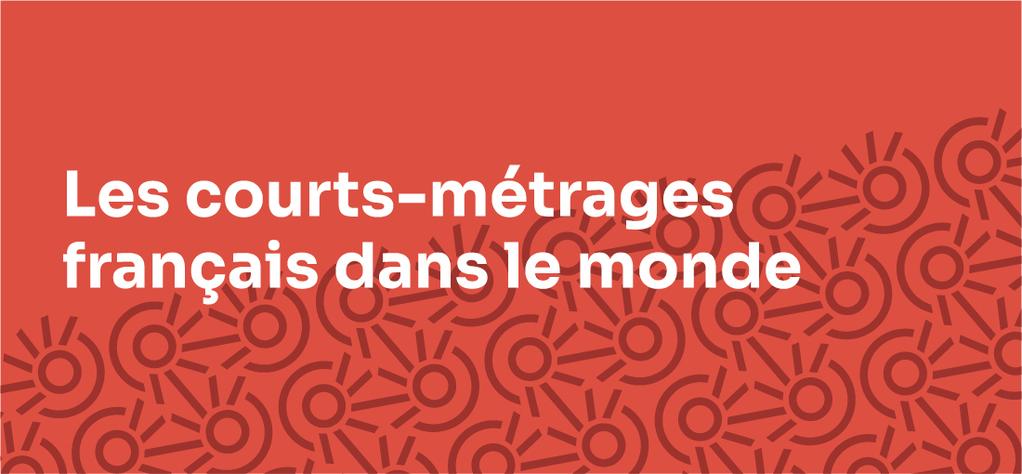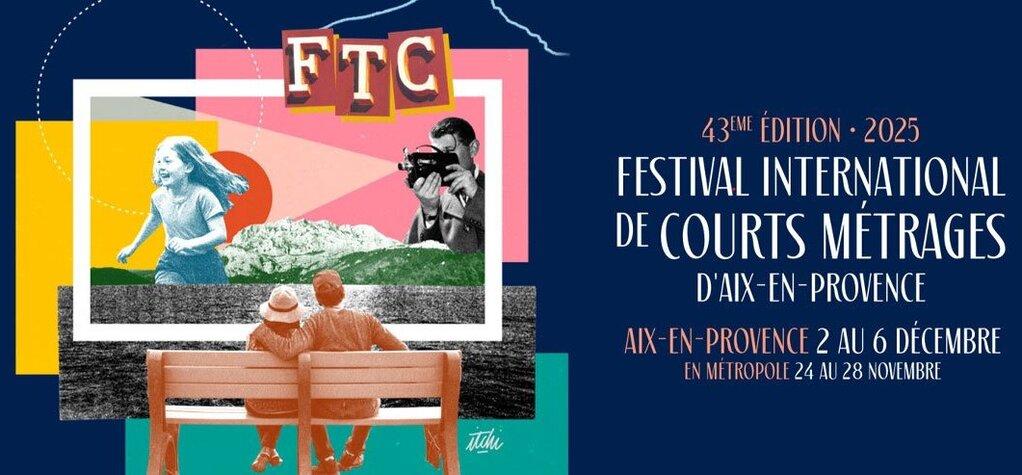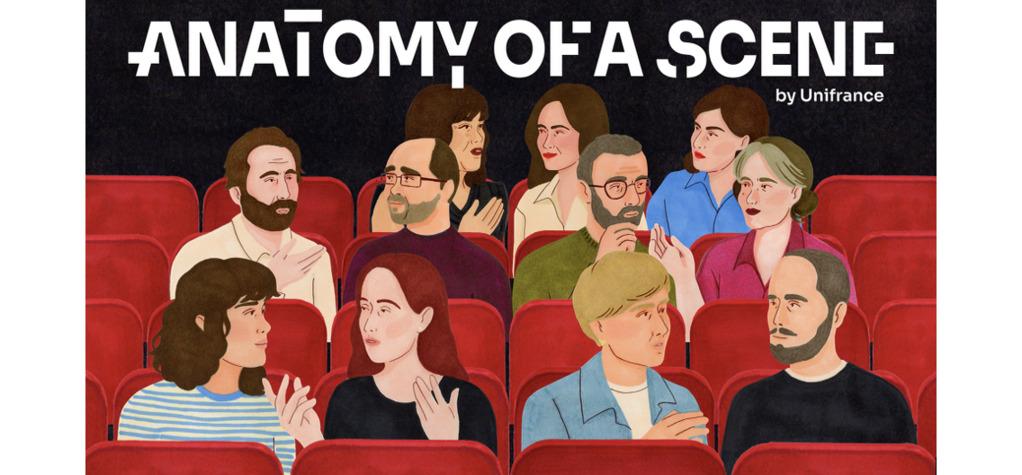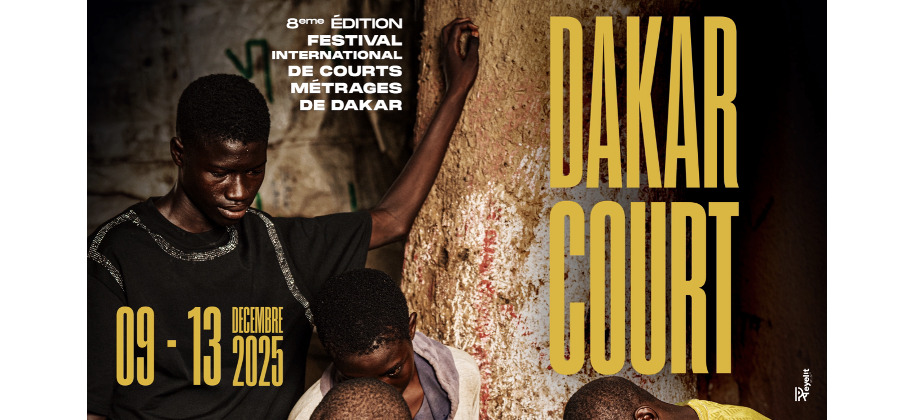At the 29th edition of the Unifrance Rendez-Vous in Biarritz, the CNC (National Center for Cinema and the Moving Image) and Unifrance released their annual report on the export of French TV programs.
In 2022, sales of French TV programs soared to an unprecedented level of €214.8 million, an increase of 15.4% over 2021 and 4.7% over 2017, the previous record prior to 2021. This significant rise can be attributed to the growing international appeal of French programs, combined with a more favorable environment as the effects of the pandemic gradually subside and professional markets regain strength.
Nonetheless, overall figures for French TV exports, including sales, presales, and coproduction contributions, decreased by 15% compared to the record year of 2021, reaching €319.6 million. This decline can be explained by a fall in foreign presales (down 50.3% against 2021) and coproduction investments (down 38.4% against 2021), following the peak year of 2021.
Strong recovery in international sales in 2022
Bolstered by favorable market conditions, with the arrival of programs with strong commercial potential and a number of exceptionally high sales of dramas to global platforms, international sales reached an extremely high level in 2022 (€214.8 million).
These figures reflect the high quality and diversity of French TV content in all genres, which are enjoying increasing success in the international market. Revenue derived specifically from the export of French programs to foreign platforms continued to rise, accounting for 43.1% of export earnings in 2022 (33.5% in 2021 and 4.6 % in 2013).
However, linear broadcasters (television networks) remain the leading buyers of French TV content: TV rights accounted for 49.1% of total program sales in 2022, a percentage that remains stable compared to 2021 (49.8%), but which has declined significantly over the past decade (84.1% in 2013).
Record sales for dramas and documentaries
A detailed analysis shows that French drama programs achieved their highest-ever sales in 2022, reaching €80.7 million, representing a hike of 40.9% over 2021, and ranking as the leading export genre for the first time since 1999, when statistics based on genre were first monitored, accounting for 37.6% of total sales.
The sale of ambitious and innovative series in a wide range of genres (historical series, young adult content, fiction driven by female leads), such as HIP, Marie-Antoinette, About Sasha, and Vortex, along with the continued success of French procedural series, such as Tandem, Deadly Tropics, and Bright Minds, explains the success of French dramas on the international scene.
Documentaries also experienced a strong rebound in 2022 after a challenging year in 2021 (up 32.1%), registering €48.6 million in international sales. The effects of the pandemic, including delivery delays, gradually subsided.
The high quality and diversity of French documentary productions, especially in popular genres such as historical, investigative, and nature/animal themes, have enabled these works to circulate widely. This can be seen in the success of La Story Zelensky, Constructions animales, and Planète archéologie.
Sales of animations fell back in 2022, for the second consecutive year, reaching €57.6 million (down 5.3% compared to 2021). While French animated programs continue to be distributed worldwide–with notable titles including Miraculous: Tales of Ladybug & Cat Noir, Lupin's tales, and Edmond and Lucy–and the fact that they enjoy a high level of acclaim, particularly preschool series, the export of animated programs is currently experiencing a downturn. This is particularly due to a decrease in global rights sales, which had achieved excellent levels in recent years.
Geographical distribution of sales remain largely stable, with an increase in global rights deals
The geographical distribution of sales of French TV programs in 2022 was similar to that of 2021. Western Europe remained the primary purchasing region, registering €87.3 million (up 8.4% compared to 2021) and accounting for 40.7% of global revenue, the lowest level recorded to date. This continuing decline in Western Europe's market share over the past decade can be explained by the sharp rise in global rights sales. North America takes second place in 2022, with €29.1 million (up 24.5% and a market share of 13.5%), followed by the Asia/Oceania region, with €16.5 million (up 11.6 % and a market share of 7.7%). Finally, sales to Central and Eastern Europe amounted to €10.2 million (4.7% of the market).
In 2022 for the first time, the USA was the leading export market for French TV exports, with €19.2 million in sales, thanks to a string of exceptionally substanital deals, including the HPI format. Germany was the second biggest buyer of French TV content, with sales reaching €14.2 million, closely followed by the United Kingdom, with €14.1 million.
2022 saw a very sharp rise in global rights sales, particularly in drama content, which posted sales of €57.9 million (up 40.7% compared to 2021), marking a new record high. Global rights sales account for 27% of total sales (up 4.8% in one year). However, this development is based on a small number of contracts with highly substantial sums, and may turn out to be temporary, as platforms are increasingly rationalizing their investments and prioritizing targeted acquisitions in specific territories.
Foreign presales and coproduction contributions show a significant decline
After a record year in 2021, foreign presales of French TV programs fell back by 50.3% in 2022, standing at €50.5 million. In dramas, presales reached €19.6 million (down 57% compared to 2021). This genre captured 38.8% of foreign presales for French TV content in 2022, with a market share that remains high (compared to the average of 31.7% over the past ten years). Foreign presales of French animated TV content also decreased (down 56.2%) to €20.6 million, after two years at a very high level (over €45 million). This genre still secures the majority of presales (40.8% of the total sum).
Foreign contributions to coproductions with France also registered a decline in 2022, falling from 38.4% to €54.4 million in 2022. For animations, investments in coproductions dropped from 46.5% to €23.6 million, while plunging by 50.3% to €13.4 million in dramas. However, investments remained stable in documentaries (up 2.5%), reaching €15.6 million.





















